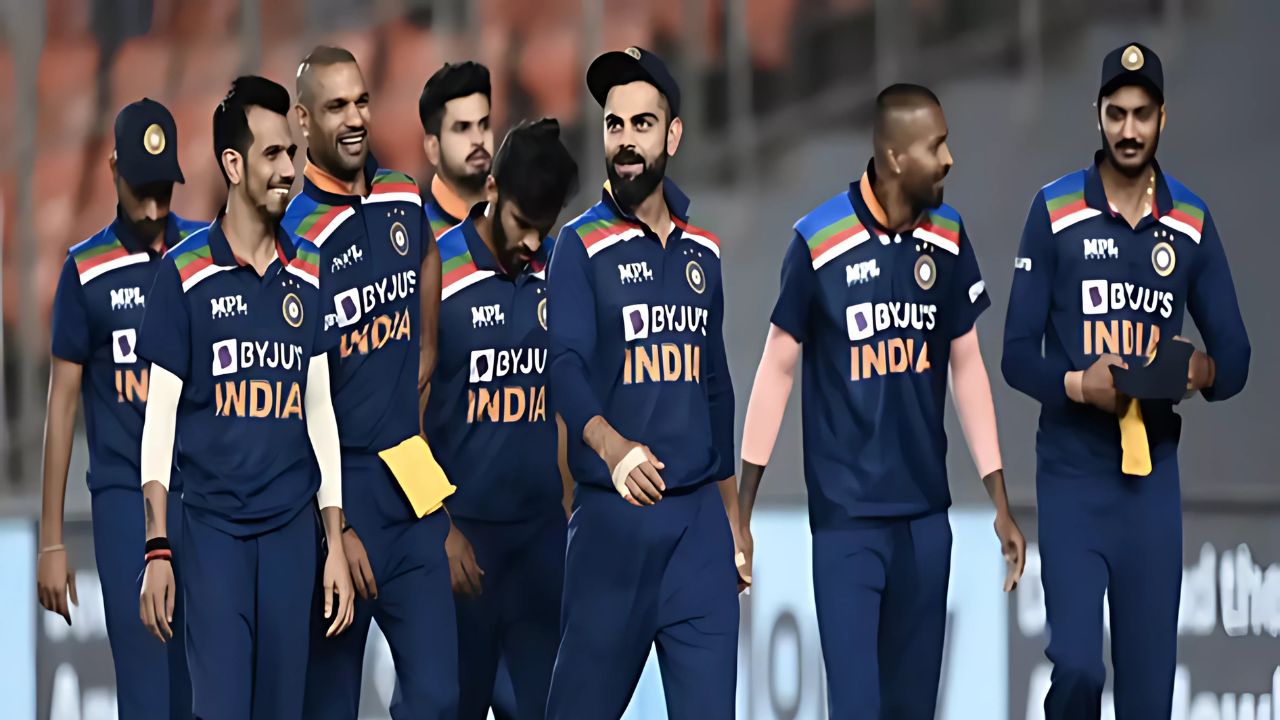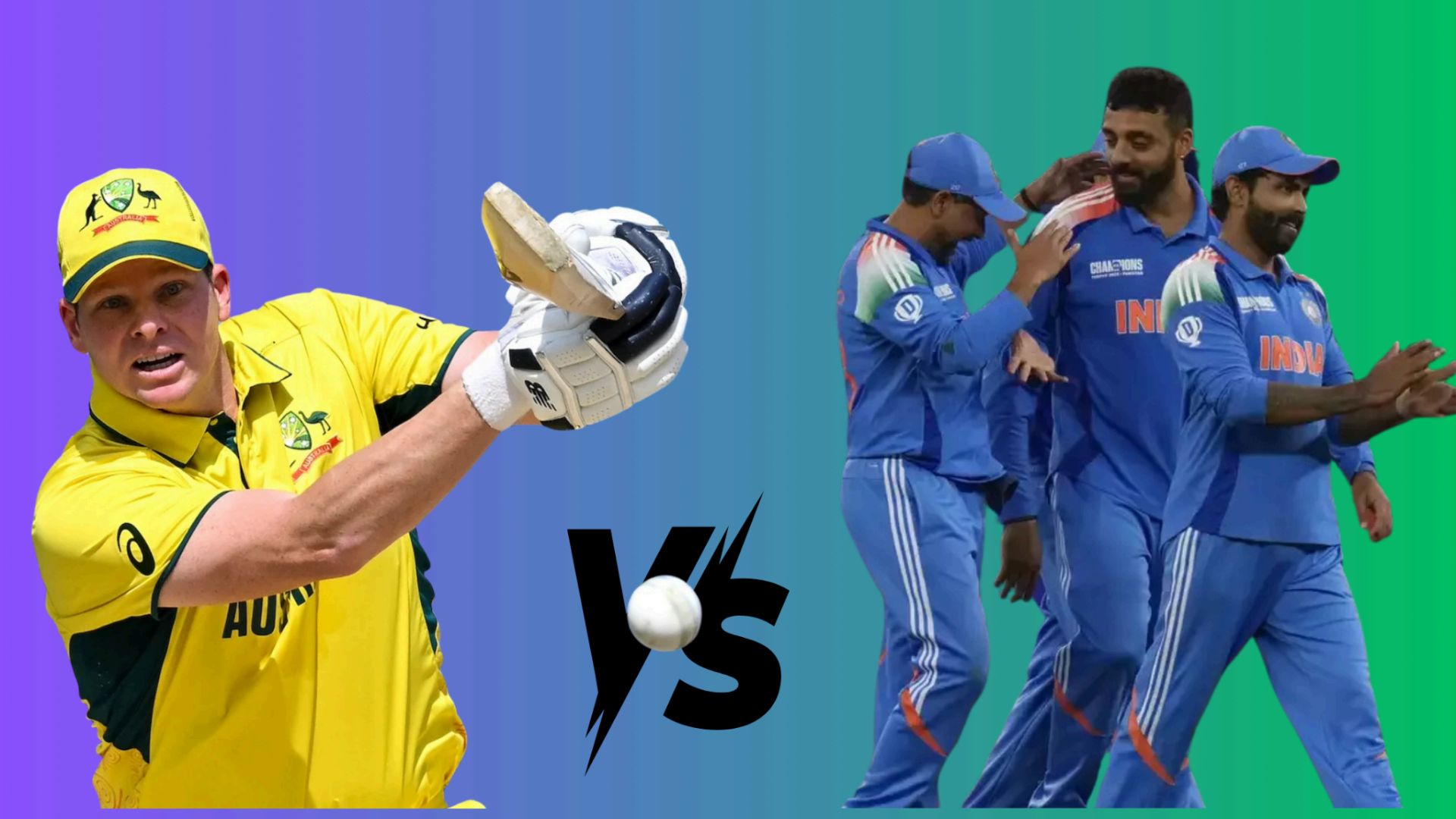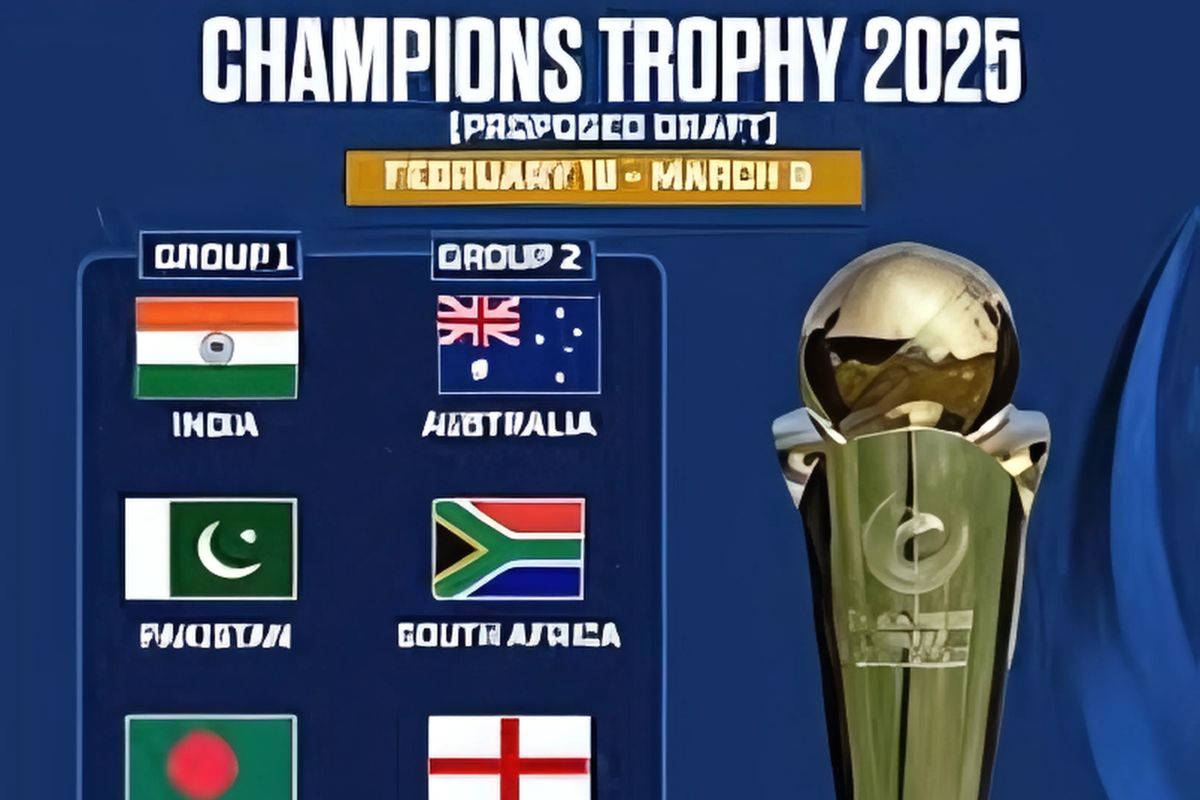The history of Indian cricket has been significantly shaped by One Day Internationals (ODIs). India’s batting strategy in One-Day Internationals has changed dramatically over time, adjusting to changing formats, conditions, and opposition strategies. Indian batters have consistently changed their approach to the game, shifting from a defensive mentality to an aggressive, power-hitting one. Let’s examine how India’s ODI batting has changed over time.
The Early Years: A Defensive and Cautious Approach (1970s – 1980s)
India’s batting approach was mainly defensive in the early stages of ODI cricket. The club relied on solid innings rather than fast scoring, putting stability above aggression. Anchoring innings were dominated by legendary players like Sunil Gavaskar and Dilip Vengsarkar. Although there were glimmers of aggressive play from the 1983 World Cup-winning team captained by Kapil Dev, consistent attacking batting was still uncommon.
The 1990s: A Shift Towards Attacking Batting
India’s ODI batting strategy underwent a dramatic change in the 1990s, primarily due to Sachin Tendulkar’s ascent. In 1994, he changed the batting dynamics of India by moving to the opening slot. Power-play fielding limits were exploited by the team, resulting in high-scoring games. Mohammad Azharuddin, Rahul Dravid, and Sourav Ganguly helped India create a more well-rounded team that could both lead and accelerate an innings.
The 2000s: Power-Hitters and Middle-Order Consistency
India was able to put together a formidable batting team in the early 2000s. India’s strategy was made more fearless by aggressive strokemakers like MS Dhoni, Yuvraj Singh, and Virender Sehwag. Ganguly and Dravid offered steadiness, but Sehwag’s attacking approach revolutionized opening partnerships. Power-hitting became popular in Indian cricket during this time, and the team became a strong ODI team on the global scene.
The 2010s: The Golden Age of ODI Batting
Many people believe that India’s ODI batting was at its best in the 2010s. India rose to prominence in limited-overs cricket with the rise of Shikhar Dhawan, Rohit Sharma, and Virat Kohli. India’s strategy was also impacted by the emergence of T20 cricket, which encouraged aggressive stroke play. India was a well-rounded ODI team that could set and chase enormous totals because to Rohit Sharma’s record-breaking double hundreds, Kohli’s dependability in run chases, and Dhoni’s ability to finish.
The Modern Era: Data-Driven and Aggressive Batting (2020s – 2025)
Analytic and explosive stroke-making are combined in India’s batting in the modern era. Players have improved their skills and addressed their deficiencies with the use of data-driven techniques. India remains competitive on the international scene thanks to the current generation, which includes Shubman Gill, Suryakumar Yadav, and Rishabh Pant. They combine technical skill with aggressive gameplay.
Conclusion
The development of India’s ODI batting reflects the game’s overall change. Indian batsmen have consistently adjusted to new obstacles, moving from a cautious and stability-focused style to fearless attacking cricket. India’s ODI batting seems to have a bright future as a gifted new generation pushes the envelope. India is expected to continue to dominate the limited-overs format of cricket as it develops.
“India’s ODI batting has evolved from a defensive approach to aggressive power-hitting, driven by legends like Tendulkar, Sehwag, Kohli, and emerging young stars”.




